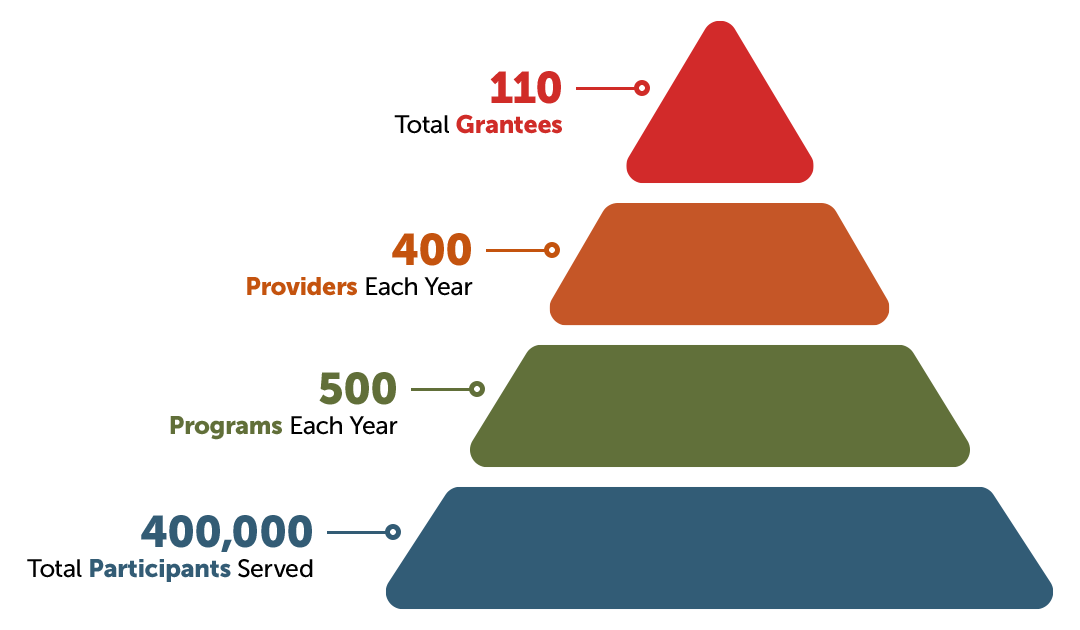Project Overview
The evaluation documented how the PREP initiative unfolded nationwide. It also examined the effectiveness of four PREP-funded programs.
U.S. Department of Health and Human Services, Administration for Children and Families
Reducing pregnancies, sexually transmitted infections (STIs), and associated risk behaviors among teenagers has been a long-standing policy concern. Although teen pregnancy rates in the United States have declined, these rates are still high compared with those of other industrialized countries. In addition, the negative consequences of teenage pregnancy, including health and developmental issues for mothers and children, education and employment issues for teen parents, and economic costs for society, can be high.
To help reduce these risks, Congress authorized the Personal Responsibility Education Program (PREP) as part of the 2010 Patient Protection and Affordable Care Act. The Family and Youth Services Bureau (FYSB) in the Administration for Children and Families (ACF) of the U.S. Department of Health and Human Services oversees the program. Through PREP, FYSB provides a mix of competitive and formula block grants to U.S. states and local organizations to provide educational programs to adolescents on teen pregnancy prevention and related topics. By supporting these programs, PREP ultimately aims to further reduce rates of teen pregnancy, STIs, and associated sexual risk behaviors, particularly among high-risk youth.

PREP Reaches Far and Wide to Provide Influential Programming to Youth
From 2013 to 2017, PREP has served more than 400,000 youth through nearly 500 multi-component programs to help reduce teen pregnancy and sexually transmitted infections.
PREP Interactive BriefEvidence & Insights From This Project

Promoting Lasting, Equitable Change by Reaching Youth in Need
Compared with just 10 years ago, far fewer teenagers in the United States are getting pregnant and becoming parents.
Learn MoreThe Personal Responsibility Education Program Evaluation Performance Measures Final Report: 2013-2017
Strategies for Addressing Financial Literacy Within Personal Responsibility and Education Programs (PREP)
Evaluating an Enhanced Home Visiting Program to Prevent Rapid Repeat Pregnancy Among Adolescent Parents
The Cost of Implementing a Teen Pregnancy Prevention Program in High School Health Classes
Related Staff
See Clearly. Act Quickly.
Our experts can help you make smart, sustainable decisions. From local to global challenges in health, human services, and international development, we’re here to improve public well-being and make progress together.
Work With Us






